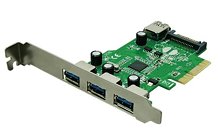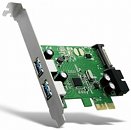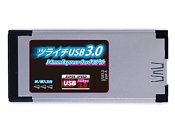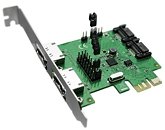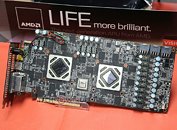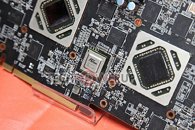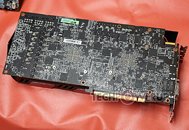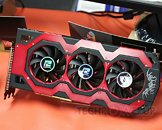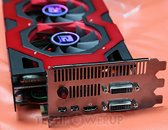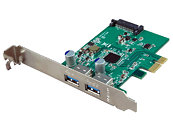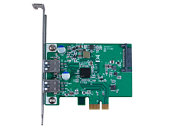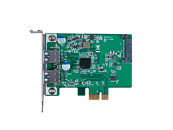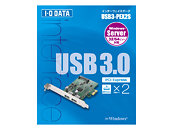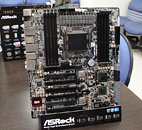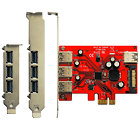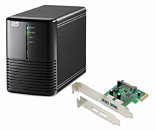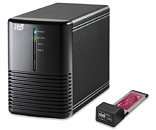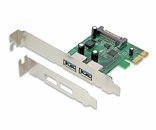EdgeCortix Foresees Barrier Breaking Efficient Next-gen Edge AI Chips
EdgeCortix, the Japan-based fabless semiconductor company focused on energy-efficient AI processing, predicts that 2024 is set to be a watershed moment for Edge AI. Through its predictions for the year, EdgeCortix believes that Edge AI landscape will be transformed during this exciting year for the industry. Next-gen AI chips, hybrid edge-cloud architectures, software supremacy and the rise of new generative-AI applications "at the edge," will revolutionize the world of business as we know it.
1. Next-Gen efficient Edge AI Chips will break barriers:
Prepare for a hardware uprising! EdgeCortix foresees next-gen energy-efficient AI chips that not only break the barriers of processing power but redefine them. These chips are not just powerful; they are customized for multi-modal generative AI and efficient language models, enabling cutting-edge AI capabilities at low power for a whole new spectrum of applications.
1. Next-Gen efficient Edge AI Chips will break barriers:
Prepare for a hardware uprising! EdgeCortix foresees next-gen energy-efficient AI chips that not only break the barriers of processing power but redefine them. These chips are not just powerful; they are customized for multi-modal generative AI and efficient language models, enabling cutting-edge AI capabilities at low power for a whole new spectrum of applications.




















